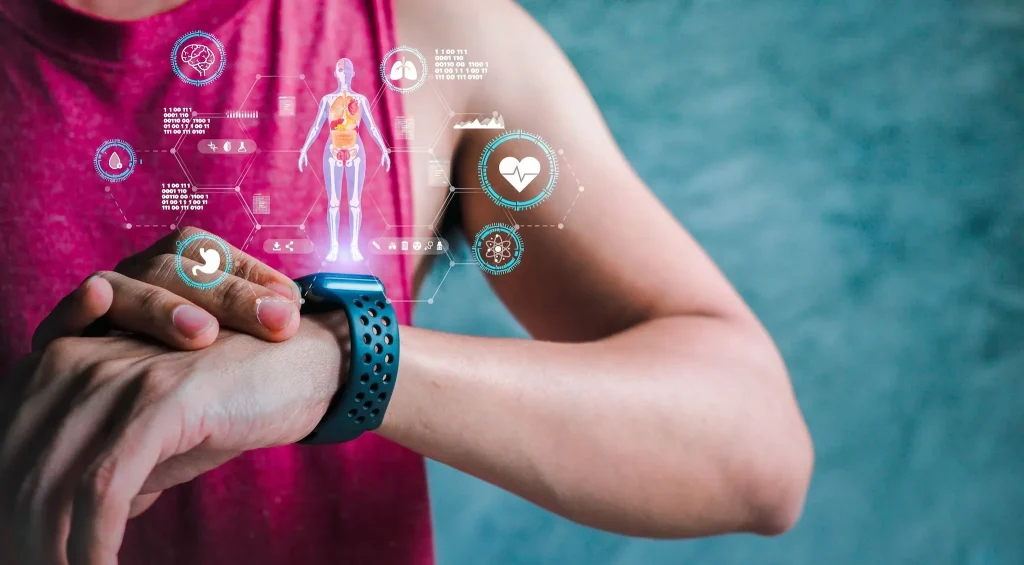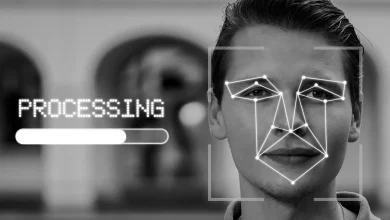
Can Wearable Technology Improve Our Health Long-Term?
Experts say wearable technology can support chronic disease care, reduce hospital visits, and increase long-term patient engagement.
Wearables are no longer just a fad in fitness, they are making easy way for us to deal with chronic illness quietly. Whether used to monitor the heart or to track glucose, wearable technology is allowing patients to monitor and manage their health in real time. With body data, directly collected, care can be customized and responded to quicker than ever before.
Recent studies note that the use of wearable technology in the field of health leads to tremendous results. For instance, patients successfully reduced the readmission rates from hospitals by up to 30%, thanks to the constant use of smart devices. That’s a huge deal, especially for such diseases as heart disease and diabetes, where early signs may be very subtle.
Long-Term Engagement and Empowerment
Perhaps one the most promising effects of wearable technology is how it connects people to their own health. Things such as smartwatches, fitness bands are devices that can track activities, tracks sleep, and vital signs, and close the user into a sense of control. That feeling is not anecdotal as surveys report over half of users feel more empowered and consistent with their treatment plans.
Doctors are also observing the change. By getting real time updates from patients they can modify drugs and advise on lifestyle changes promptly before symptoms worsen. This proactive approach in care is possible only because wearable technology does deliver a constant stream of meaningful health data.

Validated by Research and Case Studies
Clinical evidence continues to build. In one, diabetes patients using continuous glucose monitors (a form of wearable technology) had a significant lowering of blood sugar over six months. Another with regards to heart related incidences demonstrated wearables can detect abnormal rhythms with 90% accuracy –thus, very significant in avoiding strokes and other complications.
Wearable technology is also being integrated by companies to support wellness initiatives experienced by employees. In one firm, workers who used fitness trackers improved their cardiovascular fitness by 20% within just half a year. These initiatives not only will help people but can also help in decreasing employer’s costs in health care.

Combining Tech with AI and Analytics
The combination of the future wearable technology with artificial intelligence can make it even more powerful. Predictive algorithms can signal risks before the risks become real problems. For instance a sign of an impending asthma attack or heart episode can be detected hours or days, with patients and doctors getting a head start.
Moreover, it is helping to reduce the gap between the clinical visits. Instead of having to see a doctor only periodically, continuous data collection ensures that healthcare teams are kept abreast of daily realties of patients. Such an overall picture determines wiser care decisions and improved health in the long run.

A Shift from Reactive to Proactive Healthcare
Wearable technology in its essence is bringing the healthcare model from reacting to crises to preventing them, all at once. Patients get involved, providers are more responsive and the outcomes are better for all categories of the people. The tendency is to increase with more people taking to wearables and also with devices becoming smarter and cheaper.
Wearable technology is more than a trend whether you are looking after a chronic illness or just ahead of possible health risks. It’s a mechanism that can help make us healthier longer—and that’s a future where strap-in is a wise move.



